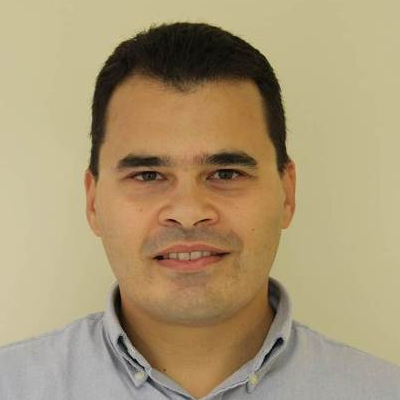Remote Sensing of Wildfire
A special issue of Remote Sensing (ISSN 2072-4292).
Deadline for manuscript submissions: closed (15 December 2018) | Viewed by 113271
Special Issue Editors
Interests: optical/thermal remote sensing in: (i) forecasting and monitoring of natural hazards/disasters, such as forest fire, drought, and flooding; (ii) comprehending the dynamics of natural resources, such as forestry, agriculture, and water; (iii) modelling issues related to boreal environment
Special Issues, Collections and Topics in MDPI journals
Interests: earth observation; modeling; land surface interactions; soil moisture; evapotrasnpiration; land use/cover mapping; change detection; natural hazards; floods; wildfires; sensitivity analysis; soil vegetation atmosphere transfer modeling; operational products benchmarking
Special Issues, Collections and Topics in MDPI journals
Special Issue Information
Dear Colleagues,
Wildfires (which include forest fires, grass fires, brush fires, bush fires, and peat fires, among others) are an integral part of so many ecosystems across the world. In general, these fires are primarily viewed negatively despite their favorable contributions. Here, the purpose is to gather scientists/researchers related to this topic, aiming to highlight ongoing research investigations and new applications in the field. In this framework, the editors of this Special Issue would like to invite both applied and theoretical research contributions; submissions of original works furthering knowledge concerned with any aspect of the use of remote sensing in wildfires. Note that these manuscripts must be, not only unpublished, but also not under consideration for potential publication elsewhere. In addition, the manuscripts must employ one of the following remote sensing data types: Optical, thermal, hyperspectral, active and passive microwave acquired by either airborne or spaceborne remote sensing platforms, dealing with wildfires. The topics of interest include, but not limited to:
-
Comprehending of the pre-fire conditions,
-
Forecasting of wildfire danger/risk,
-
Modelling of wildfire behavior,
-
Fighting the wildfire,
-
Modelling prescribed burning,
-
Relation between vegetation phenology and fire,
-
Monitoring of the vegetation recovery following the fire events,
-
Mapping of burn area and ecological impacts,
-
Modelling of smoke propagation, and
-
Analyzing of historical fire regimes, among others.
Dr. Quazi K. Hassan
Dr. George P. Petropoulos
Guest Editors
Manuscript Submission Information
Manuscripts should be submitted online at www.mdpi.com by registering and logging in to this website. Once you are registered, click here to go to the submission form. Manuscripts can be submitted until the deadline. All submissions that pass pre-check are peer-reviewed. Accepted papers will be published continuously in the journal (as soon as accepted) and will be listed together on the special issue website. Research articles, review articles as well as short communications are invited. For planned papers, a title and short abstract (about 100 words) can be sent to the Editorial Office for announcement on this website.
Submitted manuscripts should not have been published previously, nor be under consideration for publication elsewhere (except conference proceedings papers). All manuscripts are thoroughly refereed through a single-blind peer-review process. A guide for authors and other relevant information for submission of manuscripts is available on the Instructions for Authors page. Remote Sensing is an international peer-reviewed open access semimonthly journal published by MDPI.
Please visit the Instructions for Authors page before submitting a manuscript. The Article Processing Charge (APC) for publication in this open access journal is 2700 CHF (Swiss Francs). Submitted papers should be well formatted and use good English. Authors may use MDPI's English editing service prior to publication or during author revisions.






